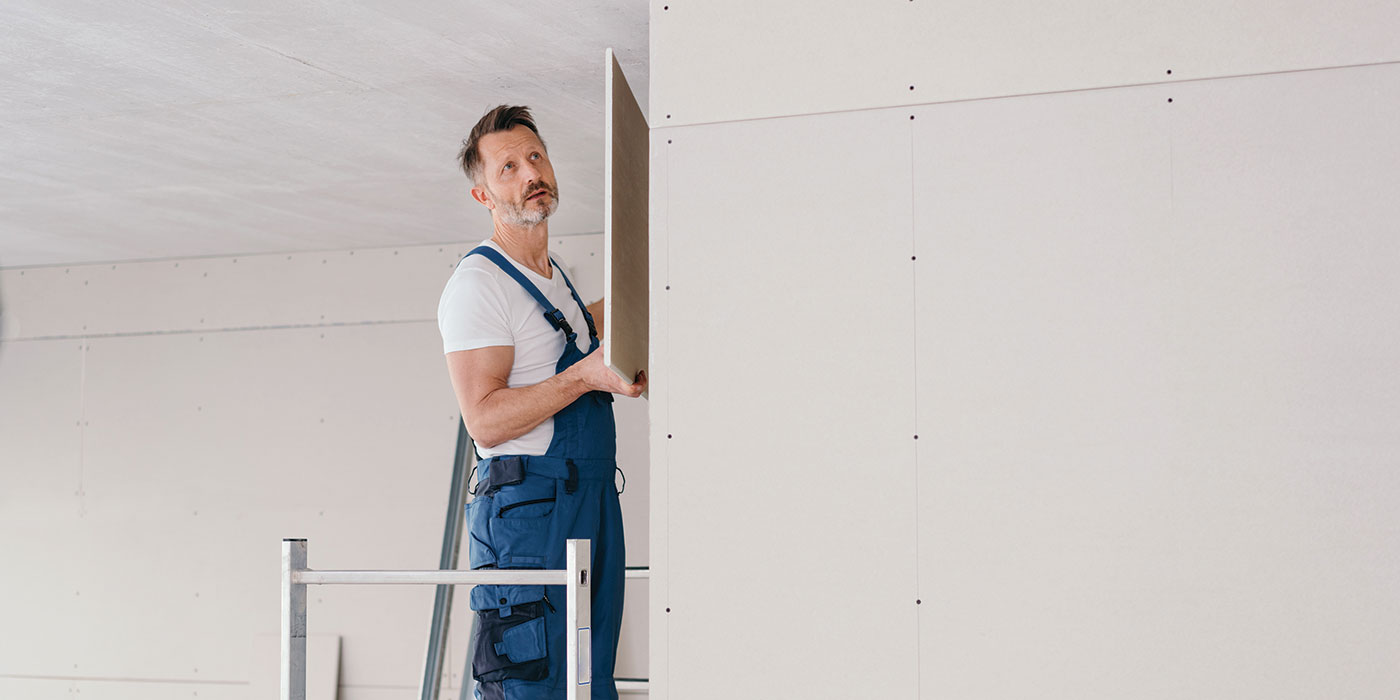Properly insulating your home can boost indoor comfort and energy efficiency. By reducing heat transfer, insulation helps keep your home cool in the summer and warm in the winter, which can also lower the energy bills year-round. Use our helpful insulation comparison to determine the right type of insulation for your home and needs:
Fibreglass batt
• The most popular type of insulation
• Easy to install
• Does not shrink, settle, burn
• Does not attract pests
• Mould and mildew resistant
• Available in assorted R-values
Where to use:
• Use in unfinished floors, walls and ceilings
• Commonly installed between studs, joists, and beams during construction
Stone wool
• Made from molten rock and minerals spun into a wool-like material
• Easy to install
• Does not shrink, settle, burn
• Does not attract pests
• Mould and mildew resistant
• Available in assorted R-values
Where to use:
• Use in unfinished floors, walls and ceilings
• Commonly installed between studs, joists, and beams during construction
Spray foam
• Combines 2 chemicals on site to create an expanding foam which is sprayed between framing
• Requires special handling, careful application
• Not recommended as a DIY project
Where to use:
• Use in unfinished floors, walls and ceilings
• Commonly installed between studs, joists, and beams during construction
Blown-in
• Also called loose fill insulation
• A great solution for insulating attics, tight spaces or topping up an existing layer of insulation
• Is dusty, sweaty work for 2 people
• You’ll need to rent a blower machine
Where to use:
• Attics, crawl spaces, and wall cavities
• A good option for difficult to reach areas
• Does not disrupt existing structure
Rigid foam
• Extruded polystyrene rigid foam panels, some with shiplap edges that fit tightly together
• Easy to cut and install
• Particularly effective in areas prone to moisture
• Noise reduction
• Available in assorted panel sizes
Where to use:
• Can be used in both interior and exterior
• Use in unfinished floors, walls, ceilings, roof and foundation
• Garage door interior
Insulated vinyl siding
• Has a layer of rigid foam insulation attached to the back of the siding panels
• Reduces outside noise
• Makes siding panels more rigid to resist warping and impact damage
• Gives siding a longer lifespan
Where to use:
• Use on exterior of structure
Weather stripping
• An easy to use and inexpensive solution for sealing air leaks
• Kits available in assorted sizes
• Apply double-sided tape around the perimeter, attach film to the tape, then use a hair dryer to shrink the film
Where to use:
• Use on windows and unused patio doors
Foam sealant
• Polyurethane-based
• Expands to fill the shape of the gaps to create a long-lasting, airtight and water-resistant seal
• Easy to use straw application
• Bonds to wood, metal, stone, brick and PVC
Where to use:
• Use to fill wall gaps and cracks indoors and outdoors
Garage door
• Some new garage doors have a factory-made insulation option
• Insulation kits are available for existing metal garage doors
• Can also cut rigid foam to fit each door panel along with garage door weatherstripping
Where to use:
• Garage door interior
Visit your local TIMBER MART to find a wide variety of insulation products and expert advice to get started.



